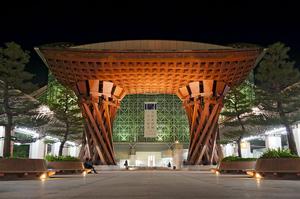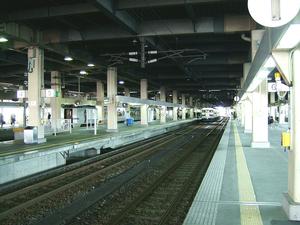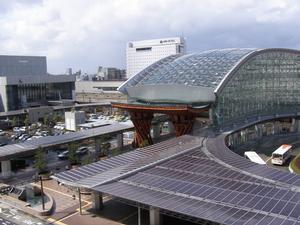π Festival - Saikai Festival, Shika Town



Applicable Dates :
Only Available the 14th of August
Itinerary Type :
Festivals
Number of Stops
2
Est. Drive
80 km / 49.9
miles
-
1
hours
and
22
minutes
Est. Site-Seeing :
Between
4
hours
and
7
hours
This festival is one of 29 Noto Kiriko Matsuri ("Float Festivals") held each year in the Noto Peninsula of Ishikawa Prefecture, the most for any area of Japan.
This festival can/should be combined/customized with one or more other driving itineraries in Ishikawa. You can conveniently access this festival from various "gateways" in Ishikawa Prefecture: the Kanazawa JR Station if arriving by train, or either the Komatsu or Noto Satoyama Airports if arriving by air. All three gateways have multiple rental car outlets.
Due to crowds for the festival, be prepared to park away from the actual festival site. There are normally local people directing traffic near the site(s) so allow a little extra time to park and walk to the site.
Highlights of this festival:
● Spectacular performance by brave female kiriko carriers.
● Wild dance performance while climbing up the hill.
● Hard fighting by the portable shrine and kiriko in the shrine precincts.
For background and historical details click the link to the festival website above.
This festival can/should be combined/customized with one or more other driving itineraries in Ishikawa. You can conveniently access this festival from various "gateways" in Ishikawa Prefecture: the Kanazawa JR Station if arriving by train, or either the Komatsu or Noto Satoyama Airports if arriving by air. All three gateways have multiple rental car outlets.
Due to crowds for the festival, be prepared to park away from the actual festival site. There are normally local people directing traffic near the site(s) so allow a little extra time to park and walk to the site.
Highlights of this festival:
● Spectacular performance by brave female kiriko carriers.
● Wild dance performance while climbing up the hill.
● Hard fighting by the portable shrine and kiriko in the shrine precincts.
For background and historical details click the link to the festival website above.


